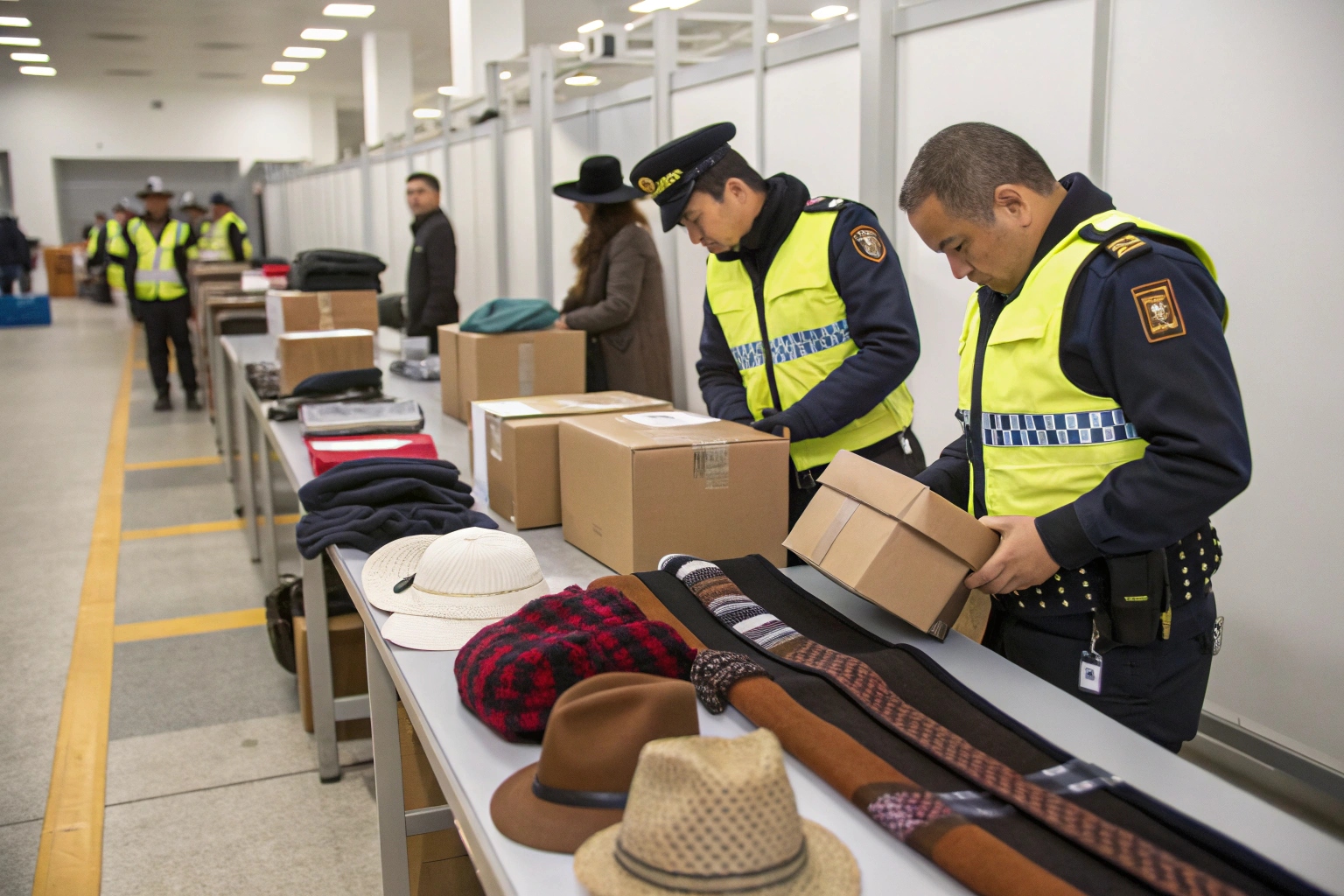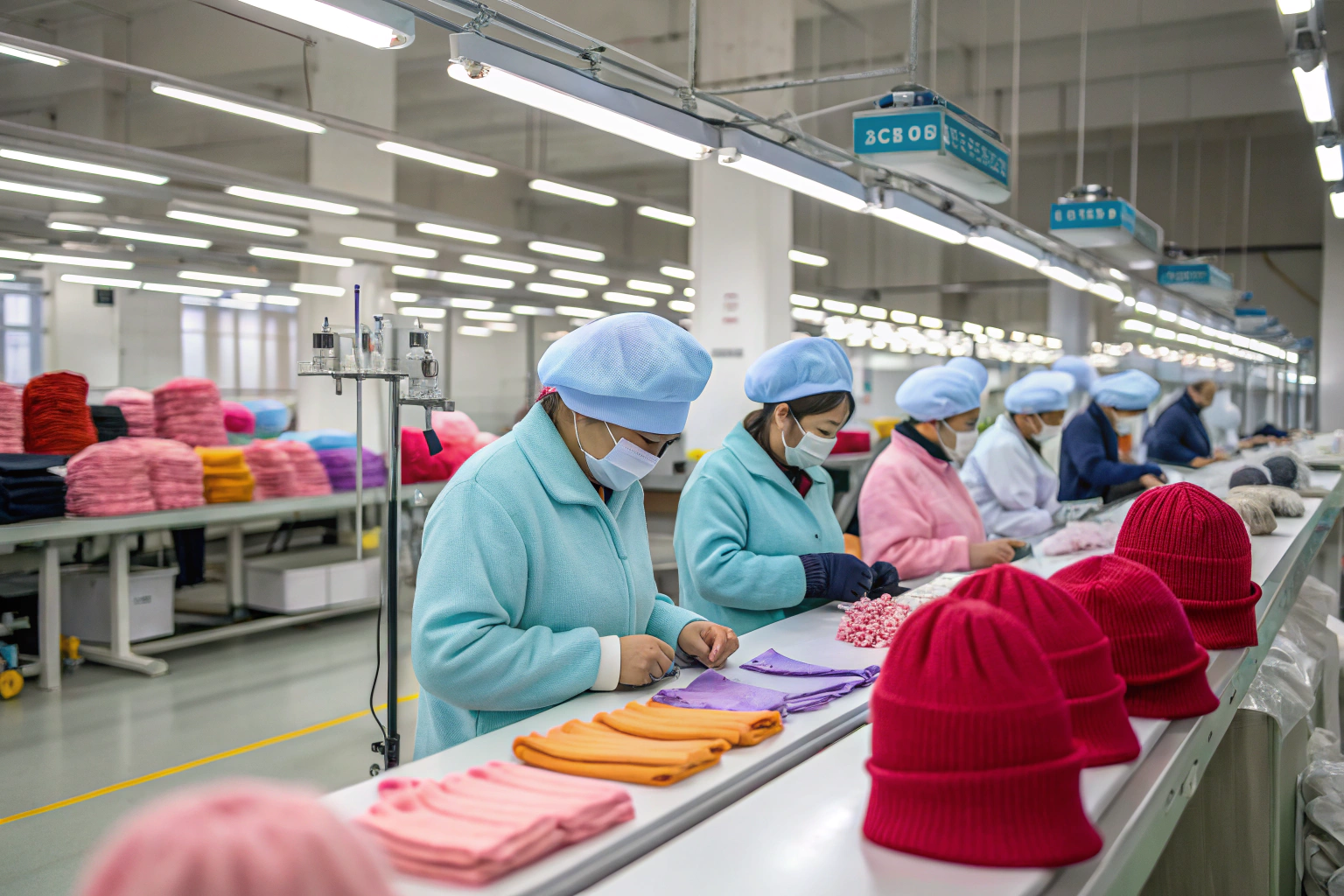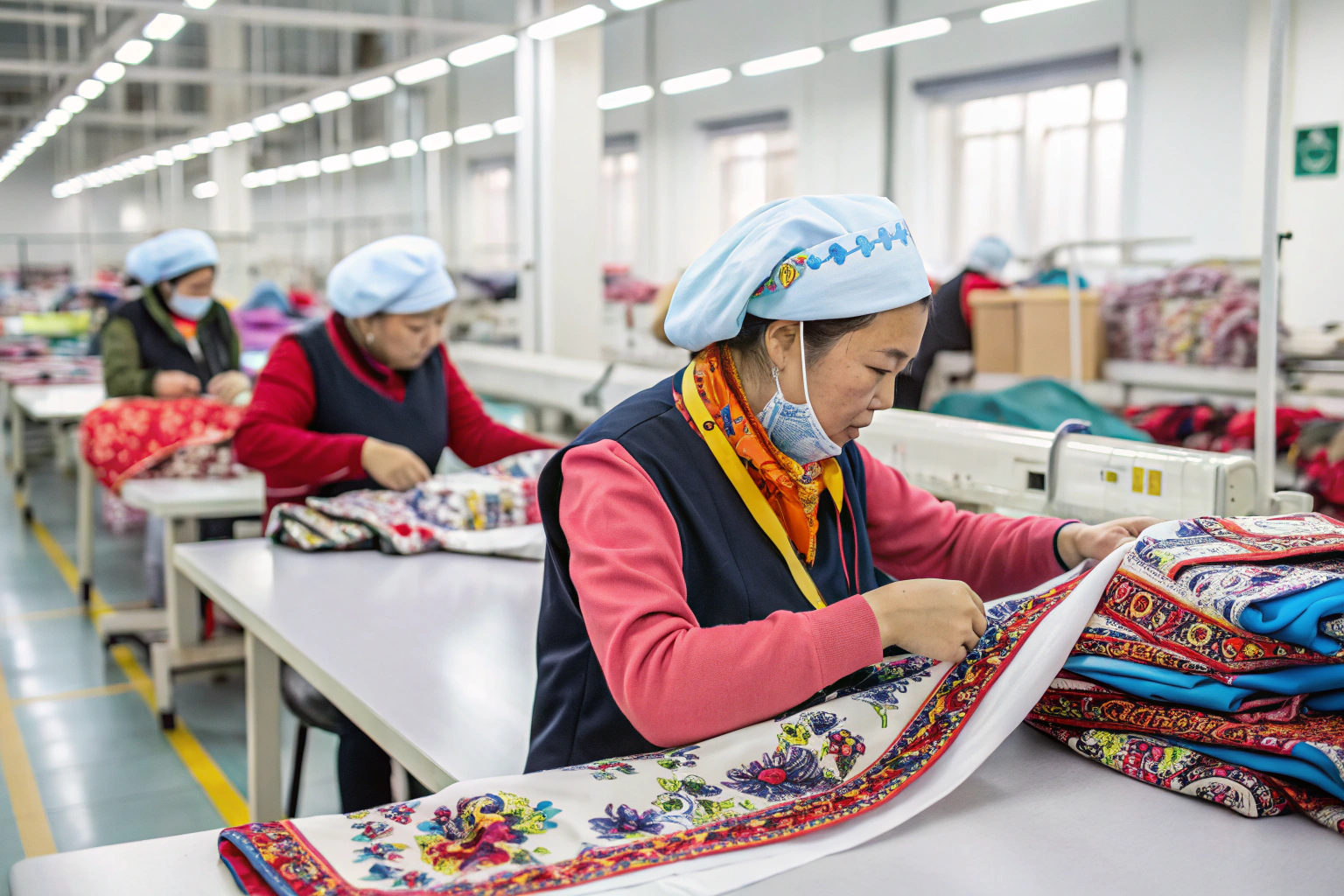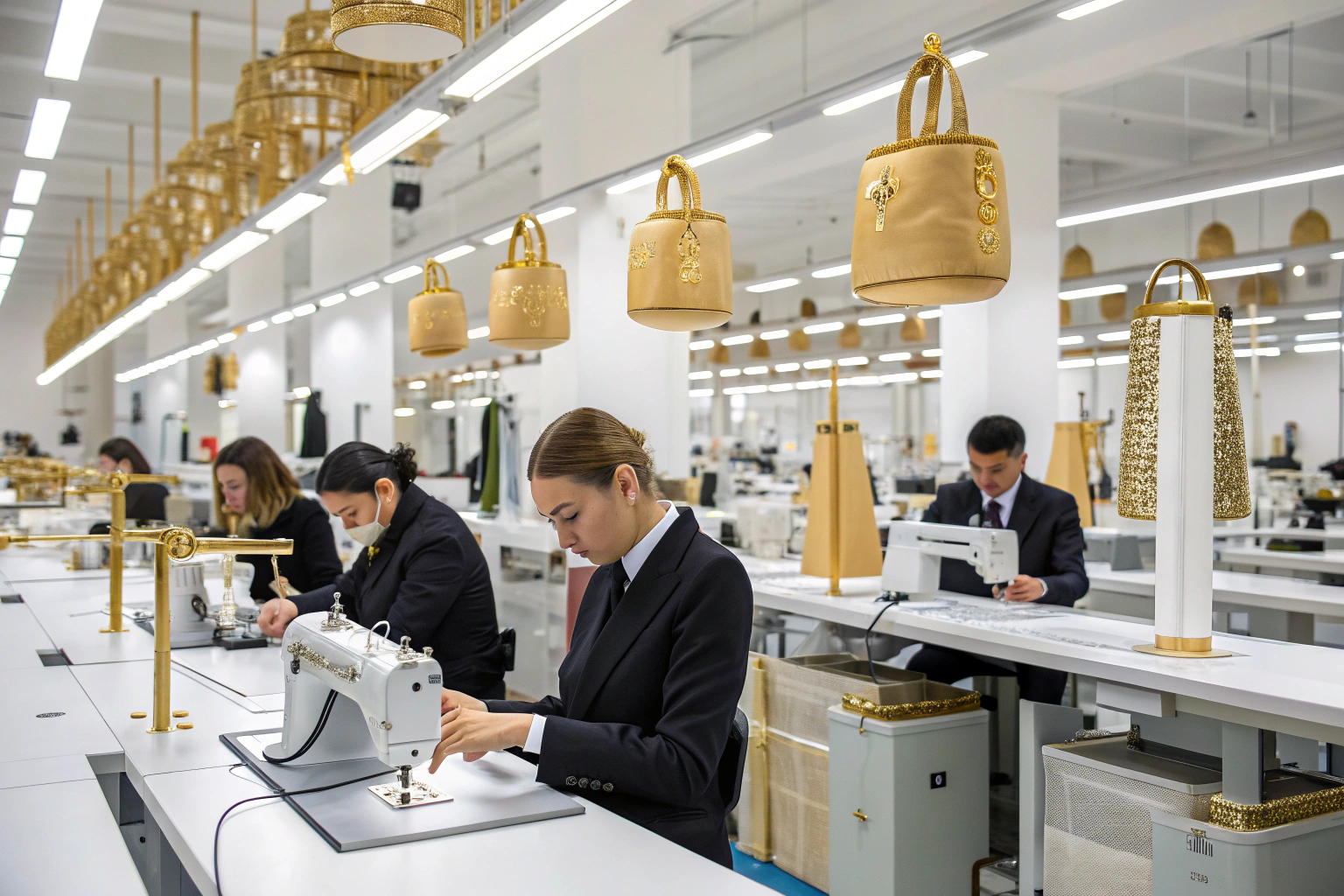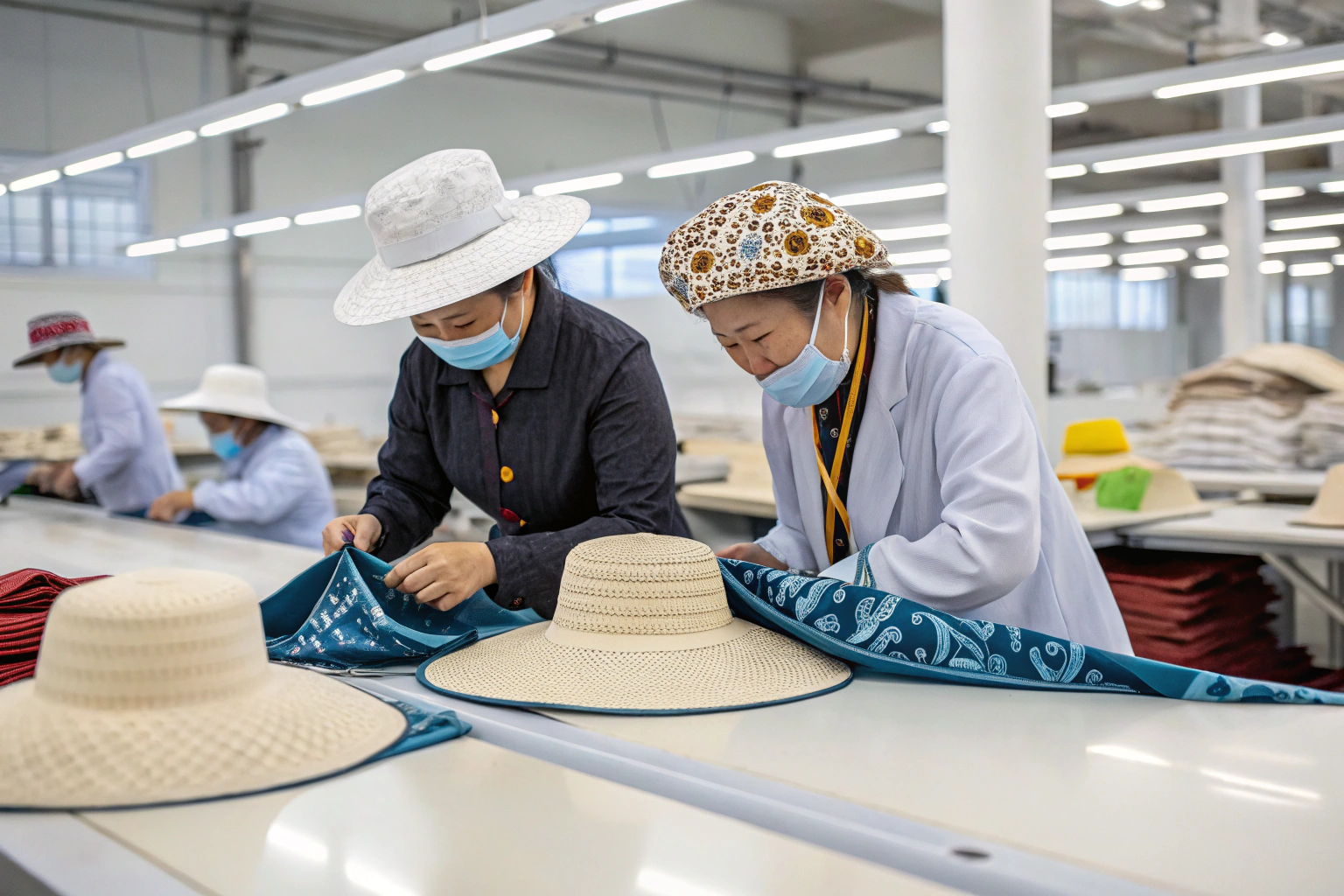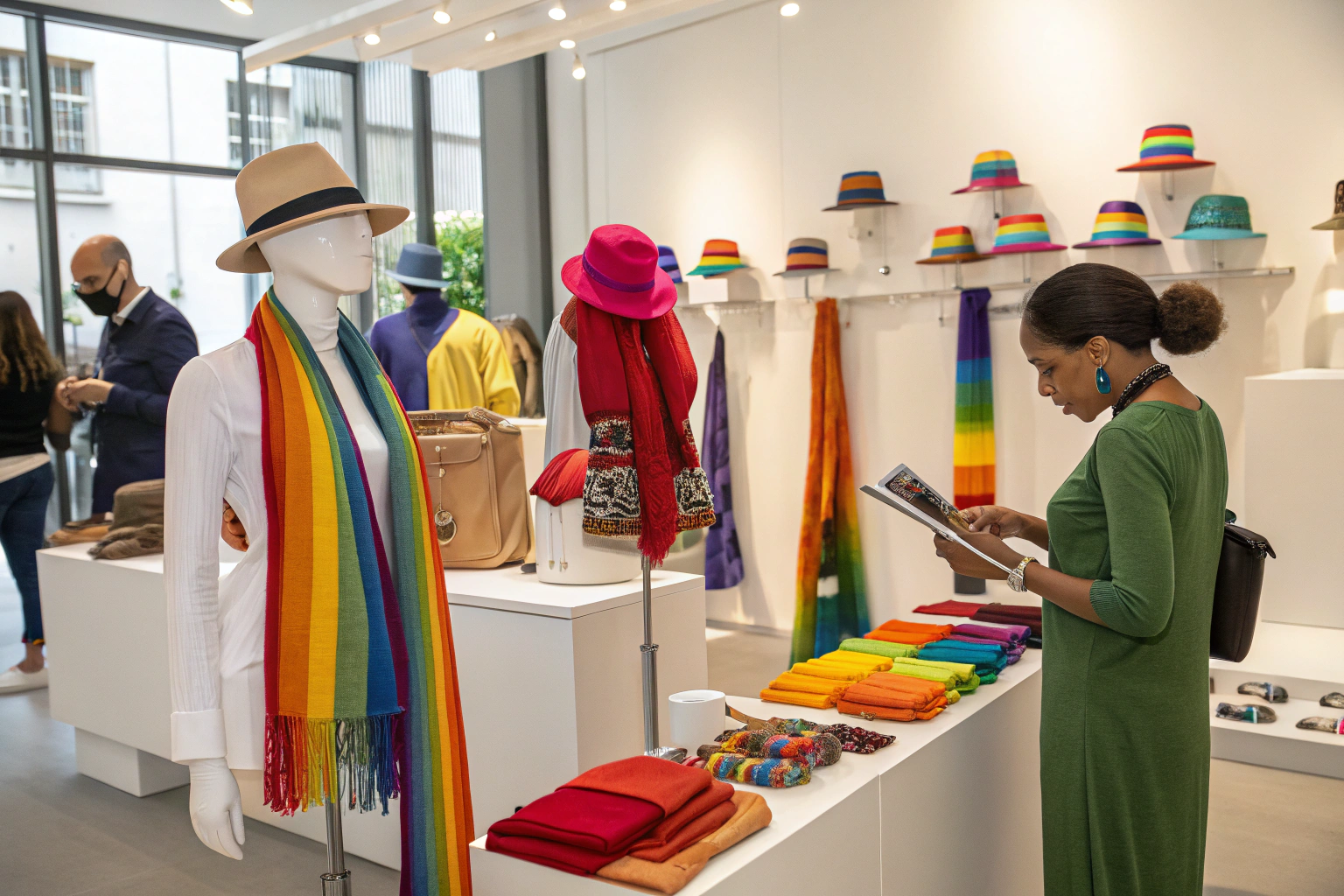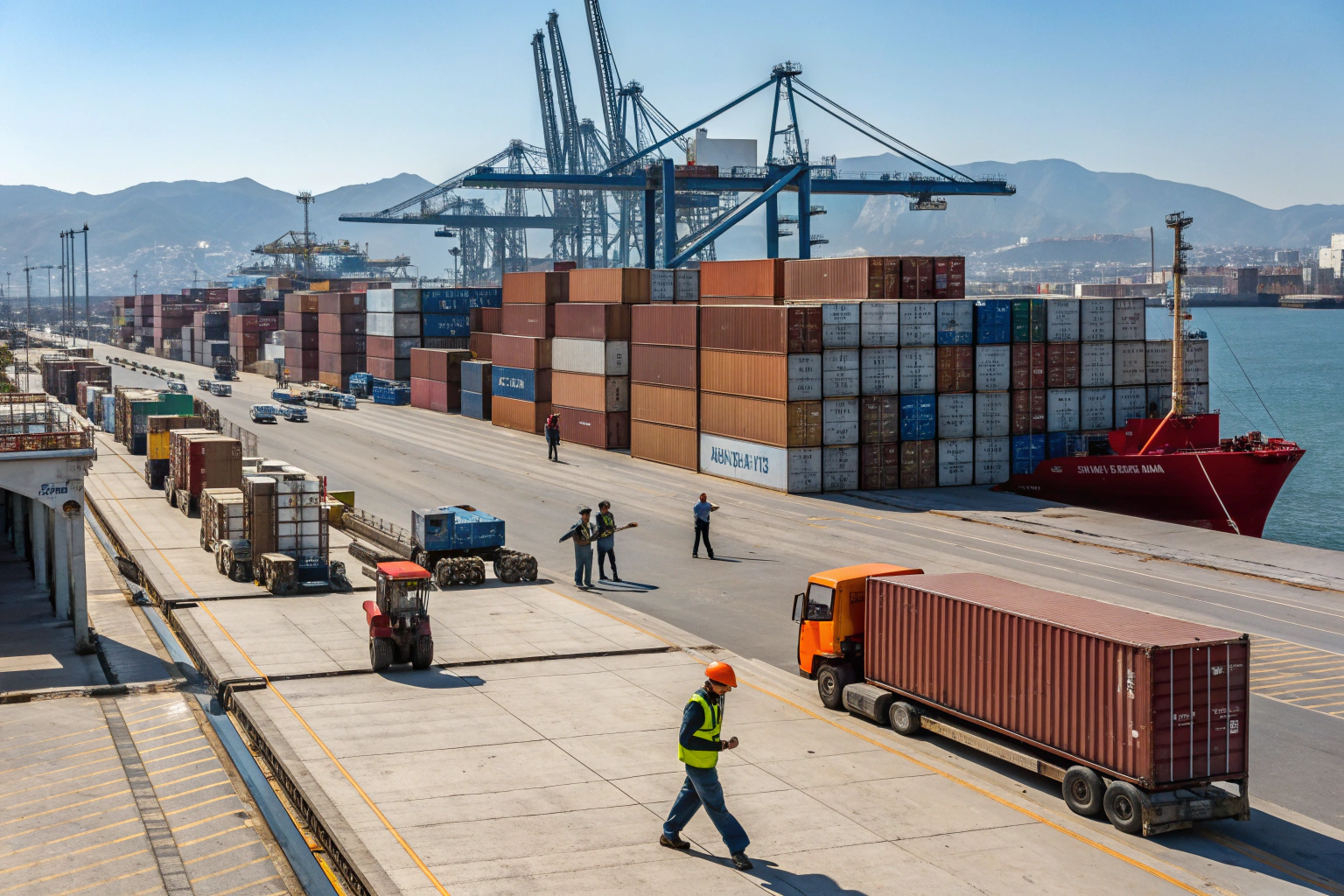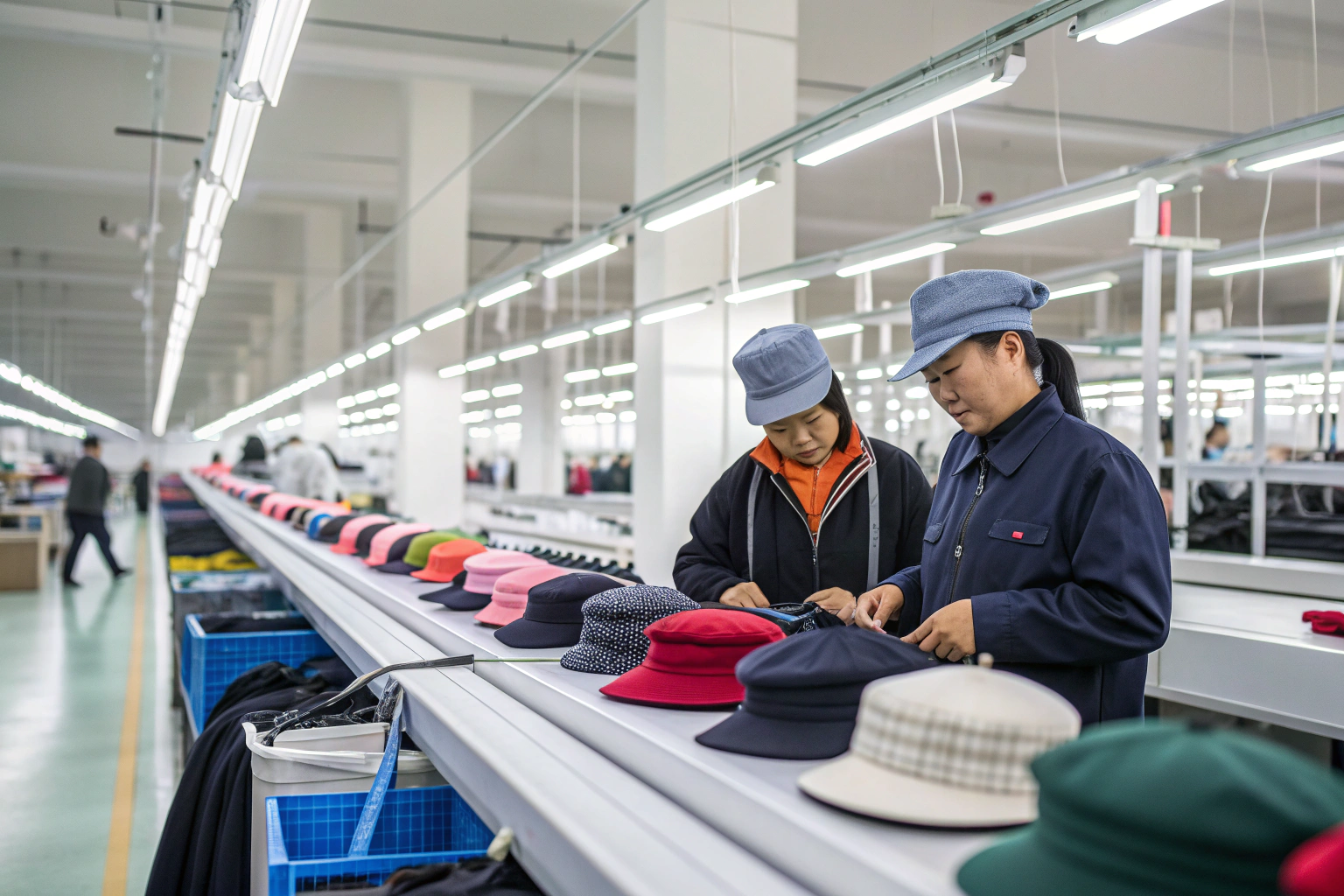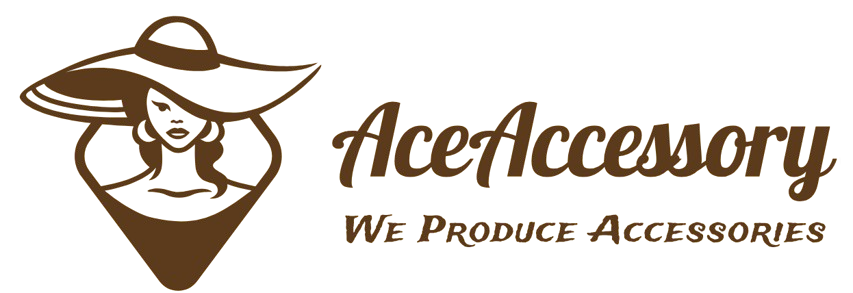A simple description mistake on a customs invoice can cause days—or even weeks—of costly delays. As the founder of AceAccessory, I’ve helped many clients untangle shipment holds just because an accessory was labeled too vaguely or didn’t match HS code expectations. These hiccups can disrupt entire retail launches, especially when shipping to strict jurisdictions like the EU or U.S.
To prevent and handle customs delays caused by incorrect invoice descriptions, brands must use accurate product terminology, correct HS codes, consistent labeling, and swift communication with freight forwarders and customs brokers.
In this article, I’ll walk you through practical solutions we use at AceAccessory to minimize documentation errors and resolve customs holds quickly.
Why Do Incorrect Descriptions Trigger Customs Delays?
Every country’s customs authority checks invoices to ensure the declared items match legal classifications, tax rules, and restricted goods lists. When an accessory description is too vague—like “gift” or “fashion item”—it raises red flags.
Incorrect or incomplete invoice descriptions confuse customs software, invite manual inspection, and may trigger reclassification, fines, or confiscation.
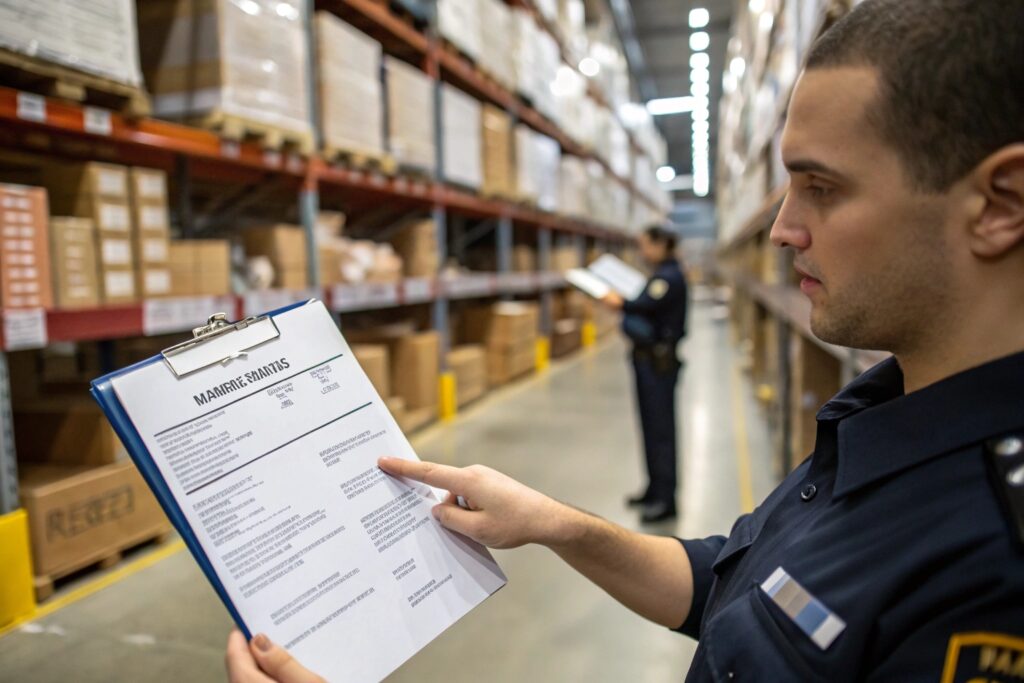
What Types of Descriptions Cause Problems?
Vague terms like “accessory set,” “promo item,” or “sample product” often trigger scrutiny. It’s better to write “Women’s polyester hair scrunchies” or “PU leather waist belt for adults.” Customs officials also check the match between descriptions and HS codes. Learn from cases like this EU seizure where mislabeled garments were delayed 3 weeks.
Are There Legal Requirements for Specific Terms?
Yes. Countries like the U.S., Germany, and the U.K. require commercial invoices to include: product name, material, purpose, quantity, unit value, and origin. Leaving out any of these, or writing them ambiguously, can delay release. At AceAccessory, we use a template with auto-complete HS info to avoid these errors.
What Are the Steps to Prevent Description Errors?
Avoiding delays begins before production ends. At AceAccessory, our QC and logistics team create invoice drafts from BOM (Bill of Materials) lists and double-check each description against customs databases.
Preventing invoice description errors involves using standardized templates, confirming HS code classification, pre-checking with customs brokers, and including product samples or photos when needed.
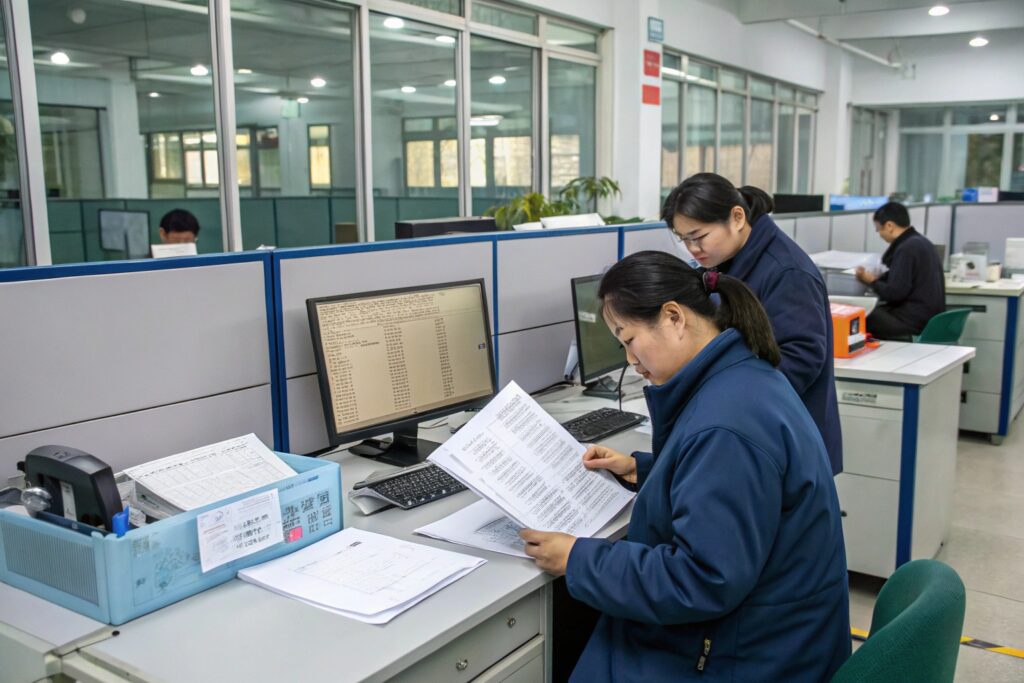
How Do You Ensure Consistency Across Documents?
One big mistake is mismatched descriptions between invoice, packing list, and shipping label. We synchronize them using our ERP system that pulls the same product data for all forms. This consistency builds customs trust and speeds up review. Clients can review a final draft before shipping.
Should You Involve a Customs Broker Early?
Absolutely. For sensitive markets like the EU or U.S., we send invoice descriptions to our customs brokers for review before shipment. They often catch language issues or missing data that we can fix upfront. This proactive step can cut clearance time in half.
What Should You Do If Your Shipment Is Already Delayed?
Despite best efforts, mistakes happen. A delay doesn’t have to turn into a disaster if you react quickly. We’ve helped dozens of clients release shipments within 24–72 hours by responding professionally.
The key to resolving invoice-related delays is fast communication, submission of corrected commercial documents, and close collaboration with freight forwarders or brokers.

How Should You Communicate with Customs or Forwarders?
First, stay calm. Contact your freight forwarder or logistics agent immediately. Ask for the reason code or hold note from customs. We then send a corrected invoice with specific product names like “PU leather braided belt for women” and include HS codes. Communication tools like Cargowise help track and push updates.
Can Customs Fines Be Avoided or Appealed?
Yes, in some cases. If your goods are legally compliant but wrongly described, we can request a binding ruling or explanation. This often leads to reduced or canceled fines. In the EU, you can appeal under EU customs procedures. We’ve done this successfully for a shipment of scarves once marked as “misc textiles.”
How Can Factories Like AceAccessory Help Avoid These Delays?
A knowledgeable supplier can be your strongest asset in navigating customs paperwork. At AceAccessory, we integrate documentation accuracy into our project workflow from the first sample onward.
We help clients avoid customs delays through verified HS coding, accurate product labeling, documentation prep, and direct contact with freight partners during emergencies.
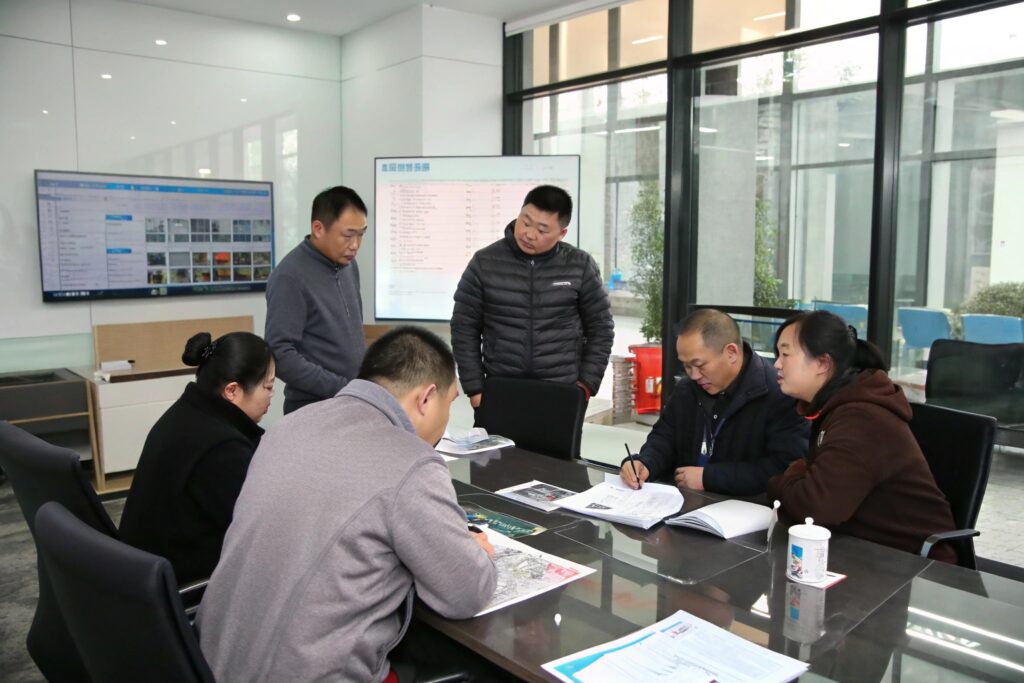
Do You Provide Verified HS Code Classification?
Yes. We use China’s official database and compare with WCO and EU/US references. Each product—be it a polyester scarf or PU belt—has a matching 8-10 digit code. We also note duty rates to help clients plan landed cost ahead of time.
Can You Support Emergency Fixes If Delay Occurs?
Definitely. If a client’s goods are held, we work after-hours with their forwarders to correct the invoice, resend scanned documents, or even provide product photos and spec sheets. Our speed helps clients avoid long-term inventory impacts, especially during seasonal launches or Black Friday shipments.
Conclusion
Invoice description errors are one of the most common—and most preventable—causes of customs delays. By understanding customs expectations, preparing accurate documents, and choosing a responsive factory like AceAccessory, brands can ensure smoother delivery and better control over international timelines. Let us help you cross the border without trouble.

